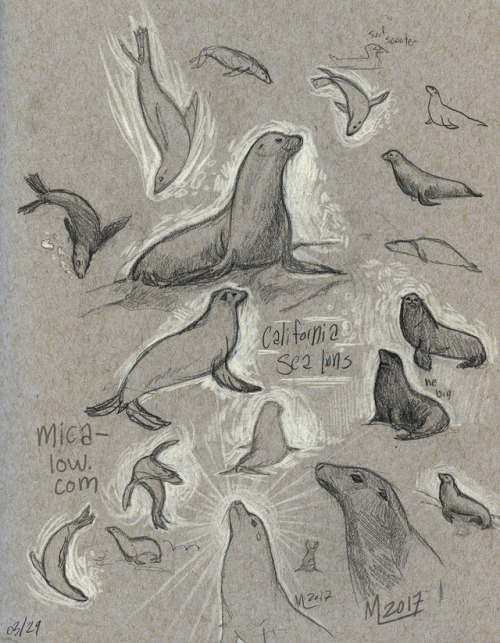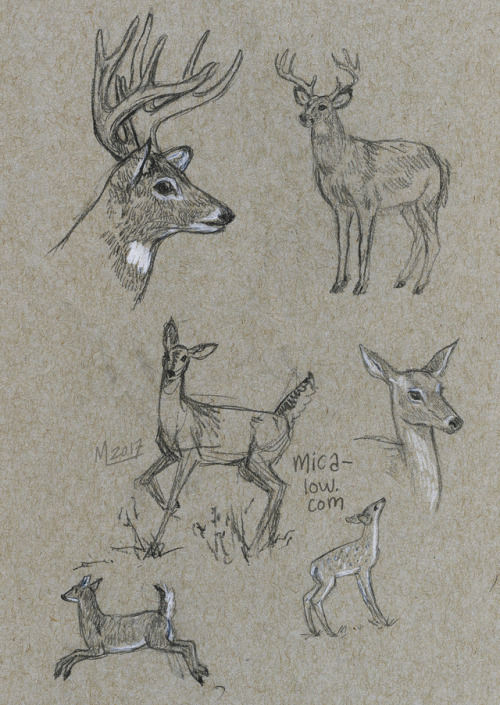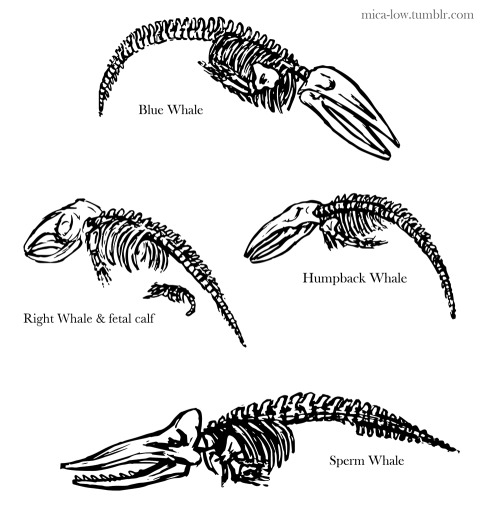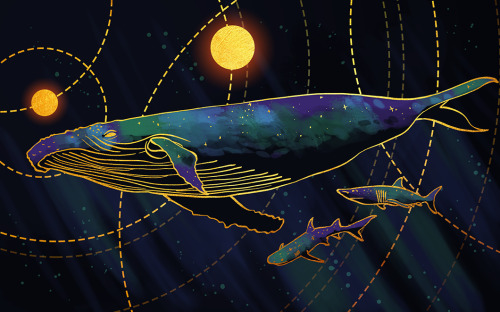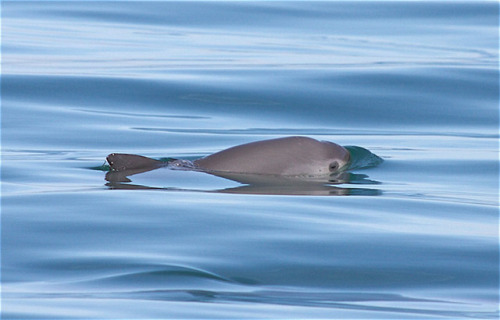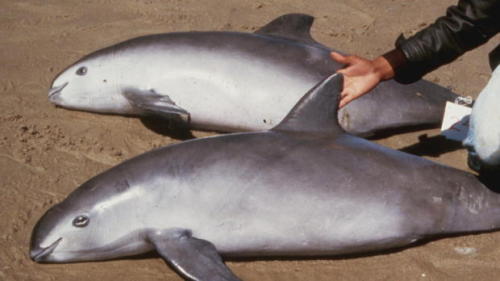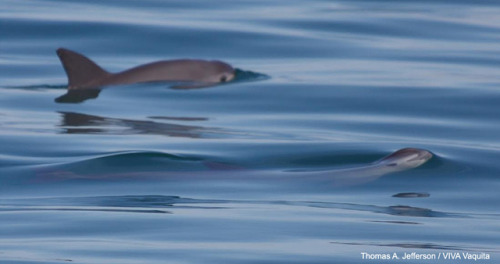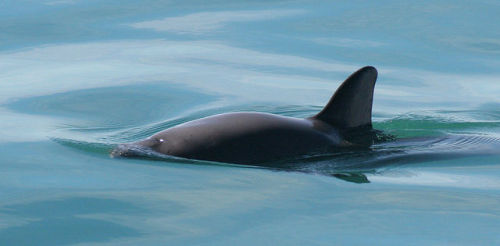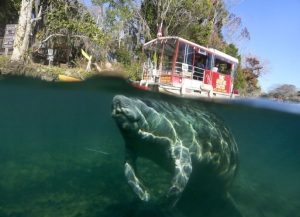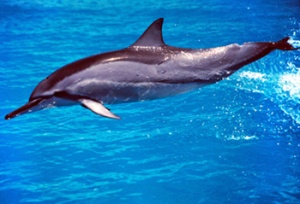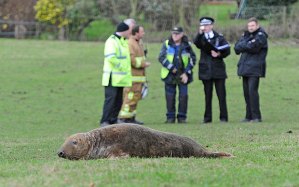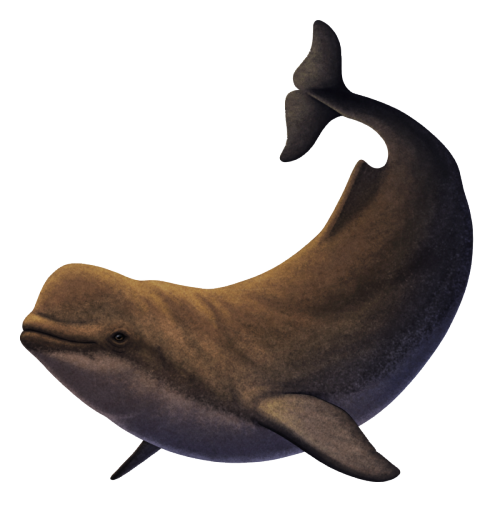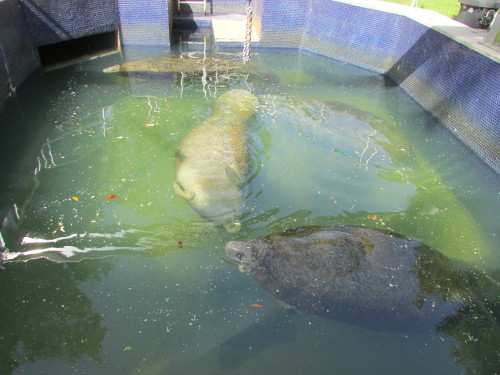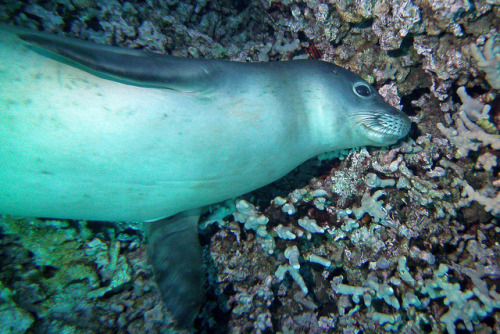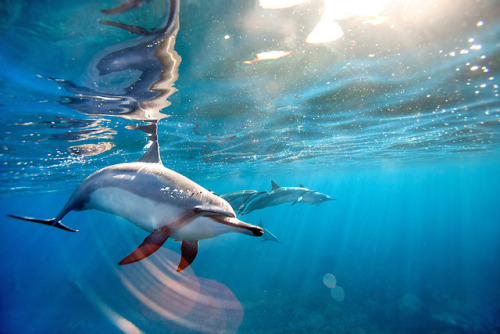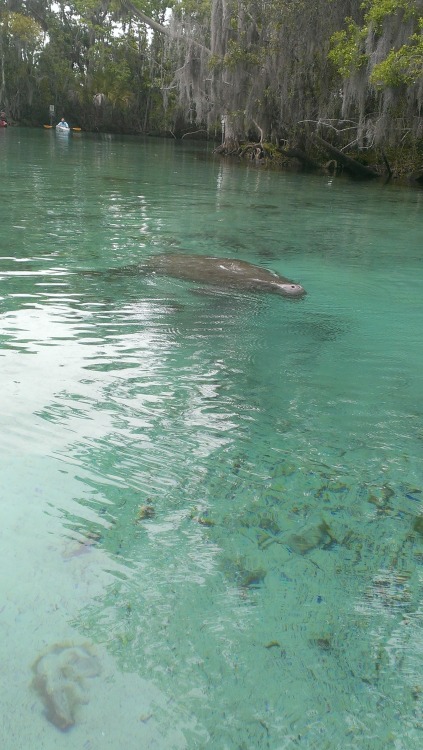#marine mammals
sketchbook pages fall 2016-spring 2017, part 2: animal studies (selections). All from web references with the exception of the alligators, which are from my own photographs.
My technique for practicing animals in general, rather than over-focussing on one species: pick an animal and do an entire page of studies of that one species, then move on to a different one next time. Switch classes and families regularly; don’t get too used to just equines, or just songbirds. Don’t worry about skeletal/muscular anatomy or perfect proportions just yet- save that for when you do prep for a more formal illustration. Just try to capture quick studies of living, moving, animals.
Post link
Very quick little whale skeleton drawings to go in the new museum map for the New Bedford Whaling Museum. (Not to scale)
Post link
While the vaquita is not deliberately hunted by humans, its downfall has been the extensive fishing of the totoaba, a fish whose swim bladder is a delicacy in China. Gill nets used to catch totoaba have quite literally massacred the vaquita - over 80% of their population disappeared between 2008 and 2015.
Government efforts to preserve the species were perfunctory - “vaquita-safe” nets proved nowhere near as effective as the old gill nets, fishermen rioted when a related fishery was shut down for fear of it being used as a cover for tatoaba poaching (ironic, as that fishery used safer nets), and compensatory monthly checks to men losing their livelihood were meager, sometimes less than a man could make in a single day’s fishing. The export of tataobas was banned and a marine reserve established, but poaching and smuggling is rampant, and there is little incentive to stop it. A single tatoaba bladder can bring in $20 000, while the fine for being caught poaching is about $500. Even now, the controversial Sea Shepherd is one of the few ships patrolling for poachers, and they can do little but film and report them. In the meantime, dead vaquita continue to be pulled from the waters.
The latest estimates say there may be only 12 vaquita left in the world. If the vaquita goes extinct, it will be the first extinction of a marine mammal since the loss of the baijiin 2006.
Post link
Thevaquita has the most restricted range of any marine cetacean, as they are endemic to the northern end of the Gulf of California. They have evolved to live in shallow, murky water, sometimes so shallow that their backs protrude from the water. Unlike many other marine animals, they can also cope with the rapid and extreme temperature changes that can occur in shallow water.
Post link
Because of the vaquita’s low numbers, the National Marine Mammal Foundation attempted to start a captive breeding program. However, after a female vaquita died of stress shortly after being captured, the program was abandoned. It is unlikely a similar program will be attempted in the future.
Post link
Thevaquita is Mexico’s only endemic marine mammal. The name vaquita is Spanish for “little cow”, and other names for the species include cochito (Spanish for “little pig”), desert porpoise, vaquita porpoise, Gulf of California harbor porpoise, Gulf of California porpoise, and gulf porpoise.
Post link
This is Granny. She lives on the west coast with her family. She was born in 1911, and is considered to be the oldest killer whale alive, turning 103 this year. This is longer then most of us will ever live.
Post link
Editorial: Embrace proposed rules to protect manatees
DOUGLAS R. CLIFFORD | Times A tour boat floats nearby as a manatee swims up to the underwater observatory at Three Sisters Springs last week on Kings Bay in Crystal River in Citrus County.
It is a unique, Florida experience: Visitors to Three Sisters Springs in Citrus County are nearly guaranteed in the winter months to see crowds of manatees and even have a chance to swim or paddle alongside…
Study: Federal regulations alone won’t help Hawaii spinner dolphins
Spinner dolphin. Photo courtesy NOAA.
By: Bob Berwyn
Duke University researchers say community based conservation measures also needed
Staff Report
FRISCO —Hawaii’s spinner dolphins need federal regulations limiting human access to resting areas, but that alone won’t be enough to help them survive in the long run. Along with any new federal rules, resource managers will also have to work to…
Can SeaWorld Really Send Our Killer Whales to China? Will They?

By: candace_calloway_whiting
“Ocean Kingdom is the first phase of transforming the last of the undeveloped Pearl River Delta islands into what Mr. Su describes as the “Orlando of China” which “will become the new benchmark for the theme park industry.” The Chimelong Group.
The short answer is yes, they can send the orcas to a foreign country.It is a viable option, and there are no regulations…
Seal found 20 miles inland after swimming the wrong way
The distressed seal was stranded in the middle of a field in Newton-le-Willows, near St Helens, Merseyside
Seal washed up in a field in Newton-le-Willows near Warrington, Cheshire Photo: Liverpool Echo
By: Emily Gosden, and agencies
A seal had to be rescued from a field more than 20 miles inland – after apparently getting “very, very lost”.
The seal, which was discovered in Newton-le-Willows,…
Mexico wants to ban nets, save endangered porpoise
MEXICO CITY (AP) — Mexican authorities are proposing a $37 million plan to ban gillnet fishing in most of the upper Sea of Cortez to save the critically endangered vaquita marina, the world’s smallest porpoise.
The plan would compensate fishermen for stopping the use of nets that often sweep up the tiny porpoises along with their catch.
Recent reports suggest there are fewer than 100 of the…
California sea lions love to swim fast and bark underwater. Read more about them below!
Common Facts: Scientific name - Zalophus californianus Average life span - 30 years or less Diet - Fish, shellfish, squid…

A sad end for such an amazing creature. Common dolphin washed up on the coast of Belfast Lough
Modernbeluga whalesandnarwhals are the only living representatives of the monodontid lineage, found only in cold Arctic and sub-Arctic waters. But this whale family actually first evolved in much warmer climates – and some of them were downright tropical.
Casatia thermophila lived about 5 million years ago during the early Pliocene, in the Mediterranean SeaaroundTuscany, Italy. Although known only from a couple of partial skulls and a few vertebrae it was probably similar in size to its modern relatives, around 5m long (16'4").
It seems to have had a larger number of functional teeth than modern monodontids, and probably didn’t suction feed like its modern close relatives. Instead it may have fed more like most porpoises and dolphins, relying more on speed and snapping jaws to capture prey.
It inhabited the Mediterranean at a time not long after the sea there had mostly dried up and then been rapidly refilled. The presence of warm-water marine species such as bull sharks,tiger sharks, and dugongs in the same fossil beds as Casatia indicates the local climate at the time was hotter than it is today, with tropical temperatures – and suggests that this whale’s ancestors must have originally moved into the replenishing Mediterranean from lower latitudes alongside these other warmth-adapted animals.
This tropical monodontid was also much closer related to modern belugas than modern narwhals are, which raises the possibility that the two living monodontid species actually specialized for colder conditions completely independently of each other rather than descending from a cold-adapted common ancestor. Instead modern belugas and narwhals may have originated from separate warm-water monodontid ancestors who evolved similar cold-tolerant adaptations in parallel as the climate cooled during the onset of the Quaternary ice age, while the rest of their relatives all went extinct.
———
Nix Illustration|Tumblr|Twitter|Patreon
Post link
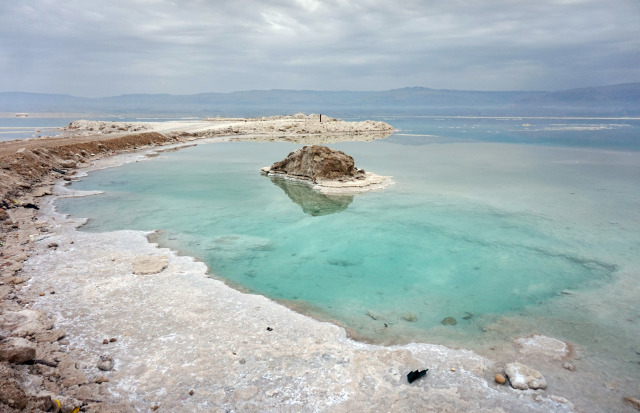


Sinking seals, dolphins and whales! Palaeontologists have discovered that marine mammals developed thicker and heavier bones as an adaptation to a salty inland sea in Central Europe some 13 million years ago. Heavier bones acted as diving weights: they helped the animals to reach depths in the super-saline water in a more energy-efficient way.
Marine mammals, such as whales and dolphins, developed dense and heavy bones at the very beginning of their evolution, from 50 million years ago. It helped them to dive to depths or stay in the water column more easily. But those bones became lighter in the millions of years that followed as marine mammals swam more efficiently thanks to other adaptations, such as large flippers or a tail fluke.
An international team with palaeontologists from the Royal Belgian Institute of Natural Sciences and the University of Liège has found a remarkable ‘return’ in that evolution around 13.8 million years ago. At that time, several marine mammals - they examined 12 fossils of true seals, toothed whales and baleen whales - independently acquired thicker, heavier bones.
Super salty sea
‘This has everything to do with the sea in which they lived at that time: the Paratethys Sea’, says palaeontologist Leonard Dewaele (RBINS, ULiège). ‘A large part of that sea in Central Europe was cut off from other seas because the water level dropped. Further evaporation caused the water level to drop even further and the water became extremely salty. You can compare it to the Dead Sea. Super salty water pushes you upwards. But that is hindering marine mammals searching for food in the deep. When we examined the bone structure of the various marine mammal fossils from that salty period of 400,000 years, we noticed that they had all developed heavier bones. With a heavier skeleton you can better resist buoyancy.’
When the water level in this part of the Paratethys Sea rose again around 13.4 million years ago and it connected again to other seas, the water became more brackish, but the adaptation of thicker bones continued for millions of years. Possibly these heavier bones helped them to forage near the seafloor. Today’s marine mammal species are not descended from the animals of the Paratethys Sea and all have - except for sea cows and for the bowhead whale - lighter bones.
The developments long ago in the Paratethys Sea can also be a mirror for today. ‘Rising sea levels in the coming decades or centuries could create inland seas or connect separate seas,’ says Dewaele. 'Our research illustrates how small geographical changes can have an impact on ecology and the evolution of fauna.’
The research was published in the journal Current Biology.





